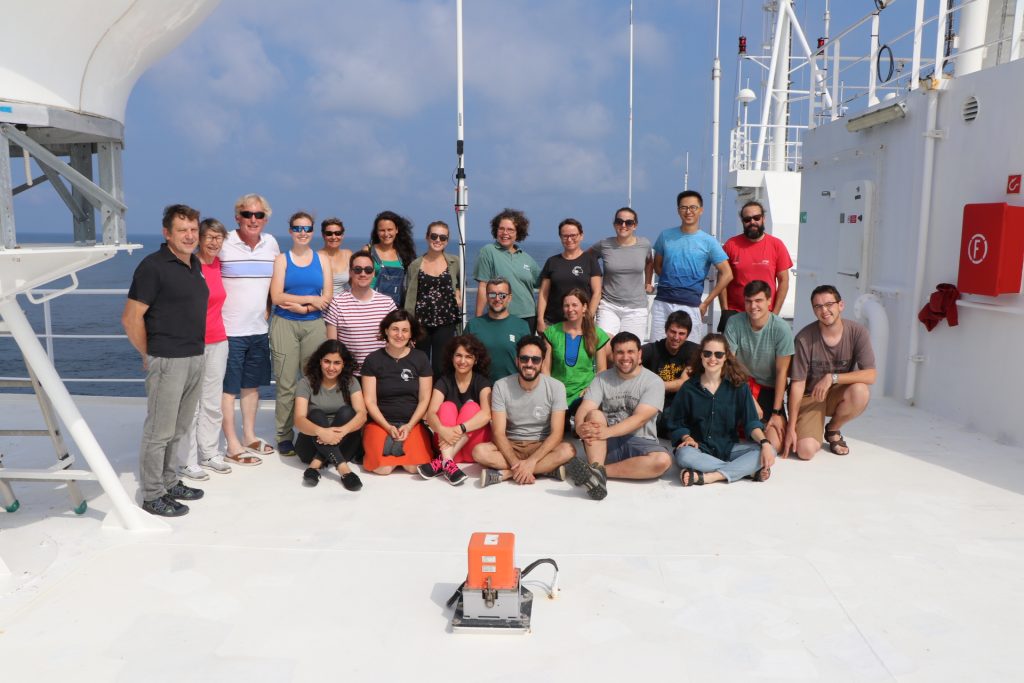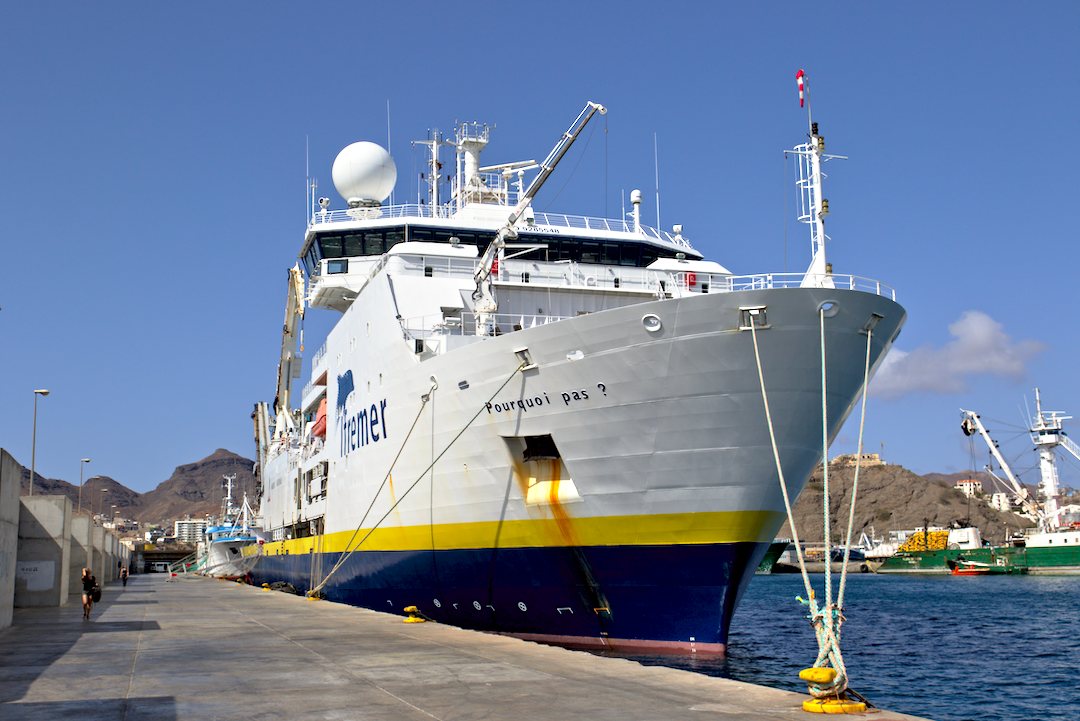The scientific team on board is made up of researchers from different specialties and several research institutes. The two scientific co-chiefs of the cruise are Marcia Maia, geophysicist (CNRS-University of Brest, France) and Daniele Brunelli, petrologist (University of Modena, Italy). The disciplinary field represented on board is vast: numerical modeling, geophysics, structural geology, tectonics, petrology, geochemistry … All these specialties are necessary to understand the complex processes at the origin of the structures present in the study area.
Different countries and institutions are represented: France (CNRS, University of Brest, University of Lille, University of Lyon, University of Toulouse, IPGP), Italy (CNR-ISMAR Bologna, University of Modena, CNR-IGAG Rome), Norway (University of Bergen) , Mexico (University of Mexico), Spain (CSIC, Barcelona) and a small company specializing in geochemical analysis (SEDISOR, Plouzané).

The planned works in the area are the deployment of 19 OBS, which will be recovered at the end of the cruise, 23 dives with the submarine Nautile and multibeam soundings to complete the bathymetric coverage of the study area and improve the resolution of dive area maps. We will also make profiles with the sediment sounder, the gravimeter and the surface magnetometer.
The Nautile dives will allow the direct observation of the reliefs at the ocean bottom and to map the tectonic and magmatic structures. Videos and photographs, with sometimes 3D reconstructions of the reliefs, will allow establishing geological maps along the submarine’s tracks. A magnetometer is also installed on the Nautile, allowing the acquisition of magnetic profiles. Samples, taken in situ, will allow studies of the chemical composition of rocks and better understand the processes of melting, migration of melts and the deformation of the rocks related to the exhumation of the mantle.
The ship’s position can be seen through the website of the French Oceanographic Fleet here.
By M. Maia
